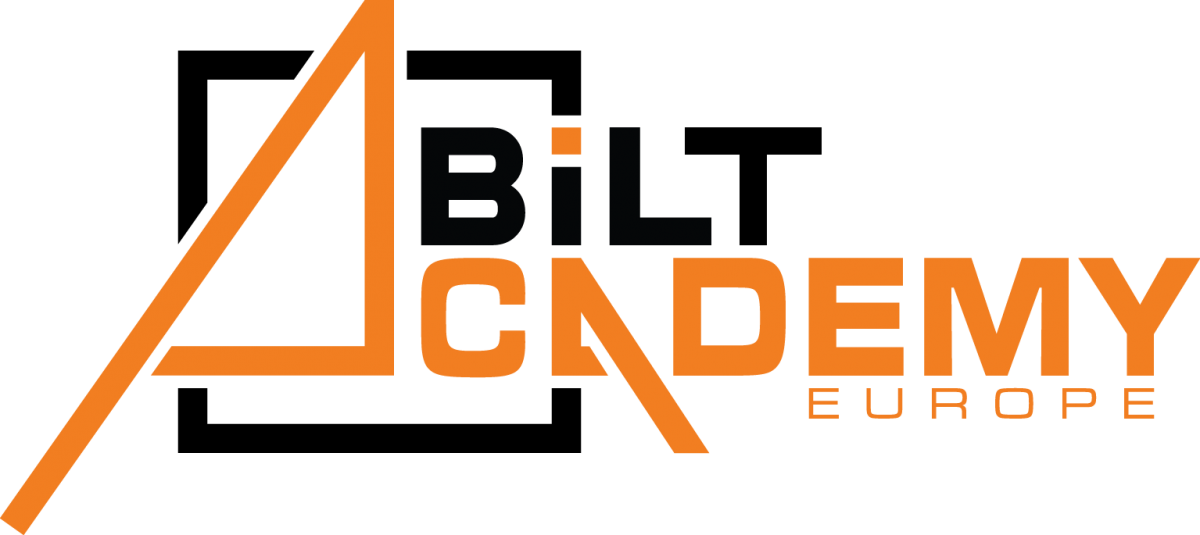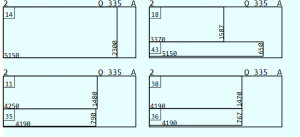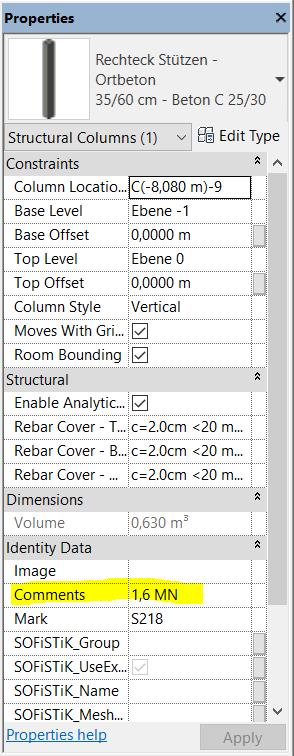Since the BILT Academy has been created and shaped a lot of new things came up that we needed to think of, which keeps us busy. Organizing a conference, creating an online platform with up to date technologies, getting public on social media are just some of the new tasks since October. All this makes a lot of fun but one task needs to be specially highlighted- reviewing all submitted abstracts for BILT 18.
The three of us are a part of the BILT Europe Committee. Together we are one vote out of five in total for Europe. This does not only honor us but also allows us to get a deep insight of the organization behind the conference program. It is exciting to see how much effort and work is behind the selection of an appropriate program. In this blog, I would like to show you how this works and how it will be executed.
First of all, there is the Call for Abstracts, which allows all enthusiastic and ambitious people within the building industry and all around the field to submit papers of their expertise. Multi- and interdisciplinary topics within the AEC industry, facility and construction management and MEP planning are only a few of these. But how does an abstract look like?
Basically, you have three different kinds. A 75 min presentation, a 75 min roundtable and a 75(x2) min lab. Furthermore, you need to categorize your topic in four main tags, from primary tag to software tag. Examples are Model Management, Next Generation, Programming and Coding, Architecture etc. The categorization helps us, the committee, already to outline the topic and to get a first impression what it is about. The main abstract body is the most important part- within around 500 words you can explain how your class would look like. All committee members need to vote on the originality and quality of the content. Personally, this is the most interesting part for me. Eight people, Eight different opinions, Eight different backgrounds packed in five voices are voting over approximately 180 abstracts. This is not only a small hell of a job but also an extreme responsibility beyond current industry out there. With this, we are shaping the entire program for around 400 people conference with the main purpose of connecting, collaborating and exchanging.
The next steps will be a call within the Academy. Since we were dividing all abstracts by the three of us, it becomes more efficient and inevitably necessary to talk it out. Which abstract impresses us at most, which disappoints us? To decide which abstract we take as our “holy cow” and also to exchange abstract´s, in case we did not understand the topic. To analyze our internal outcome of the review/voting we documented all this ID´s, titles plus our personal comments. Merlin, our Manager, is going to make a report to visualize our understanding of the topics. The aim behind all this is to understand what is relevant to nowadays technology and field and comparing it to universities curriculums in Europe to see what education lacks the most. I think this can illustrate not only where the strengths are, but also weakness in our education.
I am really looking forward seeing an analysis or statistics which compares the votings plus the comments we gave. I think it will be quite obvious to see which one came out of the corner from the BILT Academy. 😉








